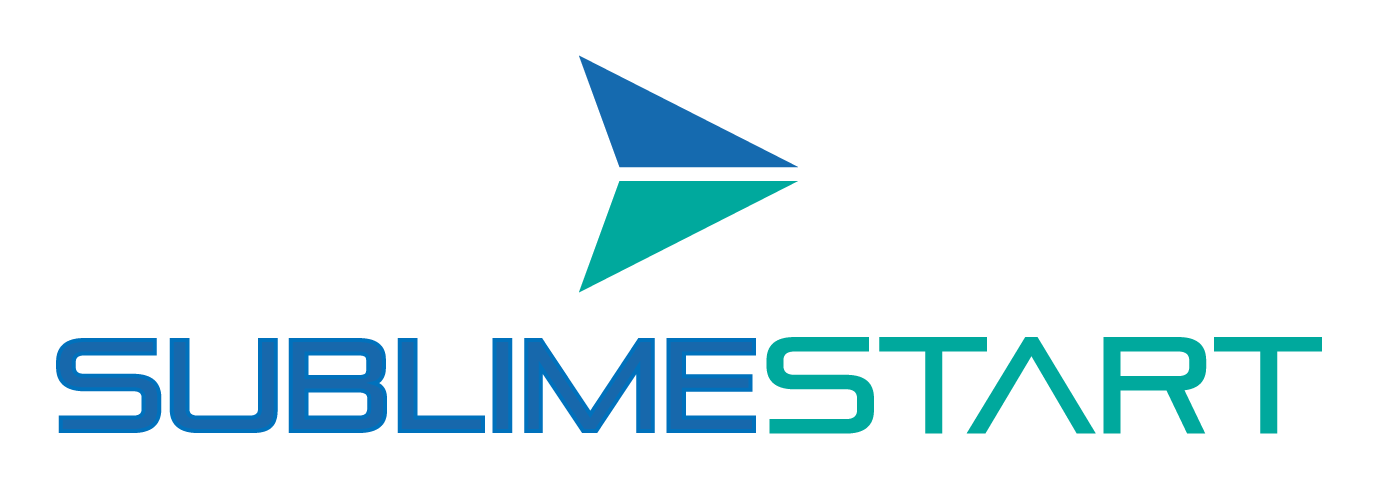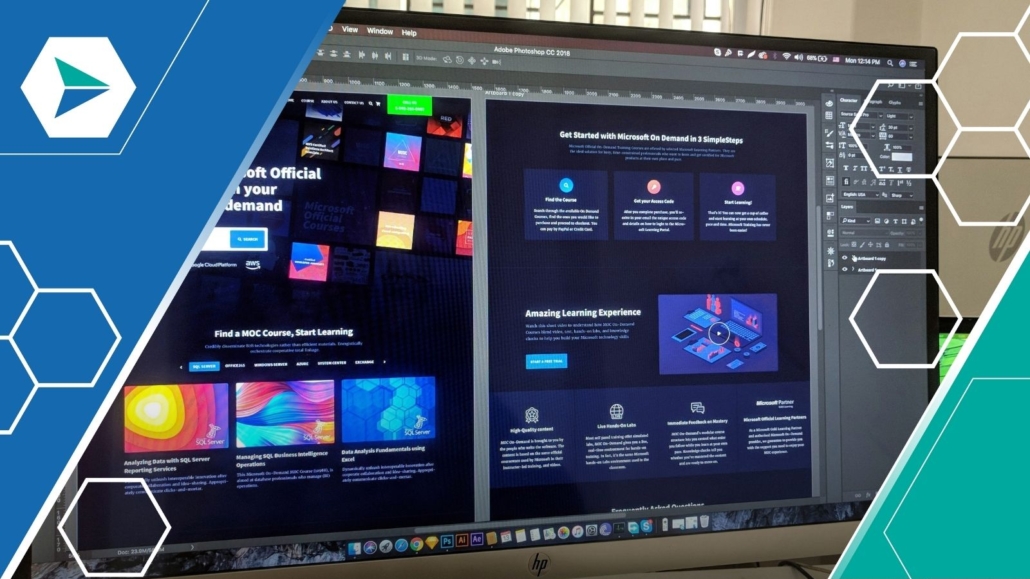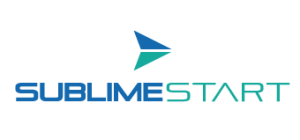8 Best SaaS Marketing Strategies to Boost Your Growth
Growing a Saas business requires a blend of strong fundamentals, innovative thinking, and a clear understanding of how modern Saas companies acquire, convert, and retain customers. Success in the Saas industry depends on delivering value consistently, optimizing acquisition through smart marketing strategies, and building long-term relationships with loyal customers. As competition increases and digital marketing evolves, the importance of a structured Saas marketing strategy becomes more essential than ever.
This blog post explores the best Saas marketing strategies that help Saas marketers attract new customers, engage existing customers, increase customer lifetime value, and strengthen overall Saas marketing success. You will find a comprehensive breakdown of practical approaches that fit today’s Saas marketing landscape, supported by insights into the metrics and frameworks that guide decision-making across modern Saas marketing campaigns.
Before diving into the strategies, it is important to establish a foundation for understanding Saas marketing and why this business model demands a unique approach.
Understanding SaaS Marketing
Understanding this type of marketing begins with recognizing how different the subscription business model is compared to traditional marketing methods. Instead of focusing mainly on one-time transaction, software as a service companies depend on predictable monthly recurring revenue. This means marketing efforts are not only geared toward attracting new customers but also toward customer retention and reducing customer churn. Every interaction with your Saas product influences the overall customer lifetime value, which makes the customer journey central to your marketing decisions.
SaaS marketing also relies heavily on key metrics such as monthly recurring revenue, customer acquisition cost, customer lifetime value, churn rate, and domain authority. These metrics guide Saas marketing teams as they plan, track, and optimize each marketing campaign. Because the sales cycle for many B2B Saas marketing environments involves multiple stakeholders, such as users, decision-makers, and the sales team, nurturing relationships becomes a critical part of the process.
Unlike traditional marketing methods, Saas marketing techniques include strategies tailored to conversion optimization, recurring revenue, onboarding, long-term support, and relationship building. Most successful Saas companies focus not only on driving traffic but on ensuring that prospective customers experience real value early in their journey. This approach is what makes an effective Saas marketing strategy a blend of growth marketing, retention systems, and value-driven communication.
The Subscription Model and Its Influence on SaaS Marketing
Because Saas companies operate on a subscription business model, acquiring paying customers is only the beginning. Marketing this type of products requires a consistent focus on providing ongoing value so that customers stay subscribed month after month. Whether you rely on inbound methods like content marketing or outbound approaches like paid ads, your Saas marketing funnel needs to encourage engagement and highlight the benefits of your product throughout the entire lifecycle.
Customer retention becomes an essential part of your marketing plan. Retaining customers strengthens customer lifetime, reduces churn, decreases acquisition costs, and creates a more stable revenue stream. This is why most companies invest significantly in customer success, onboarding, and educational content. Retaining customers is always more cost-effective than relying solely on new customers to drive revenue growth.
Dual Audiences: End Users and Decision Makers
A unique challenge in B2B Saas marketing is addressing two distinct audiences: end users and decision makers. End users care about usability, features, and the day-to-day experience of the Saas product. Decision makers, who are often executives, care about ROI, integrations, security, and long-term value. These dual priorities influence everything from your content marketing strategy to how your sales team communicates during the sales cycle.
Effective Saas marketing strategies must speak to both groups without overwhelming either. Saas marketers should use messaging that resonates with the target audience at different stages of the sales funnel, and marketing teams must understand the expectations of both buyers and users. This alignment helps reduce friction during evaluation, demos, onboarding, and long-term retention.
8 Strategies for SaaS Growth in 2025
These eight strategies represent the core pillars of sustainable SaaS growth in today’s competitive landscape. They combine foundational planning with high-impact marketing tactics designed to attract qualified leads, increase conversions, and strengthen customer retention. Whether you’re launching a new product or scaling an established one, these approaches will help you build a stronger presence, optimize performance, and drive long-term revenue.
1. Building a Strong SaaS Marketing Foundation
Crafting an effective Saas marketing strategy requires laying a solid foundation that supports growth across multiple marketing channels. Market research, competitor analysis, product positioning, and clear messaging help create a cohesive approach that guides decisions across content creation, paid ads, influencer marketing, and email marketing.
Because most Saas companies operate in competitive markets, experimenting with new marketing strategies is essential. You must discover what resonates with your target market, which platforms attract potential customers, and which messages increase conversions. Clear goals, defined objectives, and measurable Saas marketing metrics ensure that you can evaluate your performance with precision.
Defining Your Goals and Key Metrics
Setting clear goals ensures that all marketing efforts align with business objectives. Whether you are trying to increase organic traffic, improve customer retention, or lower customer acquisition cost, defining measurable outcomes helps the marketing team track progress effectively. Key metrics like churn rate, customer lifetime value, and customer acquisition cost guide decisions and highlight opportunities for improvement.
Identifying Your Target Audience
Understanding your target customers and prospective customers is central to developing relevant marketing strategies. By building detailed personas based on demographics, goals, challenges, and behavior, Saas marketers can create content that directly addresses audience needs. This clarity helps refine messaging across social media marketing, email marketing, paid advertising, and content strategy.
Allocating Your Marketing Budget
A strong Saas marketing budget ensures that resources are invested wisely across different channels. New Saas companies often spend a high percentage of annual revenue on marketing to accelerate growth. Established companies typically diversify spending between content marketing, paid ads, email marketing, social media platforms, influencer marketing, and account based marketing. Understanding customer acquisition cost and customer lifetime value helps determine the most efficient allocation of budget.
2. SaaS Content Marketing
Saas content marketing remains one of the best marketing strategies for building long-term visibility, improving domain authority, and attracting organic traffic. A strong content marketing strategy helps educate the target audience, showcase expertise, and guide prospective customers through the sales funnel.
Creating high-quality blog post content, case studies, guides, whitepapers, and tutorials strengthens your Saas brand and supports your overall growth marketing. Optimizing content with relevant keywords increases visibility on every search engine and strengthens your search engine optimization performance.
Creating High-Quality Content
High-quality content should address real challenges faced by your target audience. It should position your Saas product as a practical solution and highlight unique benefits. Personalized landing pages, in-depth guides, and customer stories help build trust. A strong unique selling proposition within your content helps differentiate your solution from competitors in the Saas world.
Optimizing for Search Engines
A strong SEO strategy helps your content appear when potential customers search for answers on any search engine. Valuable information, strategic keyword use, internal linking, and high-quality backlinks all play a role in improving domain authority. Search engine optimization supports both short-term visibility and long-term lead generation for most saas companies.
Leveraging Different Formats
Different content formats such as infographics, video tutorials, checklists, and webinars help attract a broader audience. Repurposing content across social media platforms, newsletters, and community channels increases brand visibility and strengthens marketing communications.

3. Utilizing Free Trials and Demos
Free trials and demos play a major role in converting potential customers into paying customers. Allowing users to interact with your Saas product gives them firsthand experience with its value. Because many B2B Saas buyers evaluate multiple options, a well-designed trial or demo experience can significantly influence their decision.
Designing an Effective Free Trial
The length of a free trial should reflect the complexity of your saas product. Shorter trials work well for simple tools while more advanced platforms may require longer access. Onboarding workflows, tooltips, tutorials, and interactive checklists help guide users toward activation points. The goal is to help users achieve value quickly.
Gathering User Feedback
User feedback collected during trials provides insights that improve your product and marketing Saas products strategy. It helps refine onboarding, pricing, messaging, and support resources. Feedback is essential for improving customer success and strengthening long-term retention.
4. Implementing Paid Advertising
Paid ads offer a fast way to increase visibility and accelerate acquisition. By combining organic marketing channels with strategic advertising, saas marketers can attract more qualified traffic and optimize conversions. A strong marketing campaign includes platforms like google ads, social media platforms, and targeted retargeting.
Google Ads for SaaS
Google ads allow Saas companies to target high-intent searches. By bidding on relevant keywords, you can capture demand from prospective customers who are actively researching solutions. Continuous optimization, a clear landing page, and strong calls-to-action help improve ad performance.
Social Media Advertising
Advertising on social media platforms like LinkedIn, Facebook, and Twitter helps reach specific types of target customers. Tailored messaging, segmentation options, and audience insights help create marketing strategies that resonate. Social media marketing also supports brand awareness and engagement.
A/B Testing Your Ads
A/B testing different ad messages, visuals, and landing pages helps determine what works best for your target audience. Regular analysis using tools like google analytics enhances optimization and ensures budget efficiency.
5. Email Marketing for SaaS
Email marketing remains one of the most effective channels for nurturing prospective customers, improving customer retention, and building relationships. Automated workflows, segmented lists, and personalized content allow Saas marketers to communicate effectively throughout the customer journey.
Building an Email List
To grow your email list, offer valuable downloadable resources such as templates, reports, or free tools. Reducing sign-up friction and adding strategic opt-ins across your site helps convert visitors into subscribers.
Crafting Effective Email Campaigns
Segmenting your email list based on behavior, interests, and lifecycle stage ensures that each recipient receives relevant information. Personalized subject lines, clear calls-to-action, and consistent value-driven content increase engagement.
Automating Email Workflows
Automated workflows save time and enhance consistency in communication. Activation sequences, onboarding campaigns, and retention workflows help saas marketers maintain ongoing engagement without requiring manual effort. These processes directly support customer success and reduce customer churn.
6. Leveraging Influencer Marketing
Influencer marketing adds authenticity and credibility to your Saas brand. Working with creators, thought leaders, and industry experts helps you reach audiences that trust their recommendations. Even in B2B Saas, micro-influencers and subject matter experts play an important role.
Identifying the Right Influencers
Choosing influencers who align with your target market ensures your marketing efforts reach the right audiences. For saas companies, this may include tech reviewers, analysts, industry consultants, or niche creators.
Building Strong Partnerships
Providing influencers with the necessary tools and training allows them to promote your saas product authentically. Long-term relationships help increase brand consistency and create meaningful campaigns.
Measuring Influencer Impact
Key metrics such as engagement rate, referrals, conversions, and audience sentiment help evaluate the success of influencer marketing campaigns. Monitoring results ensures your marketing budget is used effectively.
7. Account-Based Marketing for B2B SaaS
Account based marketing is one of the most effective approaches for B2B Saas companies targeting enterprise-level clients. Instead of broad outreach, ABM focuses on high-value accounts that align closely with your ideal customer profile.
Personalizing Outreach
Tailoring communication to specific accounts helps build trust and relevance. Personalized emails, targeted content, and custom demos increase the chances of conversion.
Aligning Sales and Marketing Teams
Account based marketing works best when the sales team and marketing team collaborate closely. Shared goals, aligned messaging, and coordinated outreach help optimize results across the sales funnel.
Tracking ABM Success
Tracking key metrics such as account engagement, content interactions, and conversion rates helps evaluate ABM effectiveness. These insights drive continuous improvement in future marketing strategies.
8. Reducing Customer Churn
Customer churn directly affects monthly recurring revenue and overall business growth. Reducing churn ensures stable revenue and increases the customer lifetime value. It requires strong onboarding, proactive support, and a commitment to ongoing improvement.
Enhancing Onboarding Processes
A smooth onboarding experience helps new customers understand your Saas product quickly. Clear documentation, interactive walkthroughs, and accessible support help reduce frustration and increase product adoption.
Providing Ongoing Support
Engaging with customers consistently through support messages, updates, and feedback ensures long-term satisfaction. This process helps engage existing customers and encourages them to remain subscribed.
Collecting and Acting on Feedback
Regular feedback ensures that your saas product evolves to meet changing needs. Surveys, interviews, and usage analytics provide insights that help you refine both product and marketing efforts.
Scaling Smarter Starts Now
The Saas world continues to evolve rapidly, and the most successful Saas companies rely on a mix of innovation, consistent value delivery, and strong communication. By understanding saas marketing fundamentals, leveraging content marketing, using free trials effectively, experimenting with paid ads, utilizing email marketing, and focusing on customer retention, saas companies can build a strong foundation for scalable growth. Adding influencer marketing, account based marketing, and proactive churn reduction strengthens your Saas marketing strategy even further.
Implementing the best Saas marketing strategies helps your brand stand out in competitive markets, nurture prospective customers, convert new customers, and maintain long-term relationships with loyal users. Staying committed to continuous improvement, tracking key metrics, and maintaining a customer-focused approach will help your Saas business thrive from now on.
At SublimeStart, we help SaaS businesses strengthen their growth by building high-performing websites, optimizing conversion pathways, and crafting data-driven marketing strategies that attract, nurture, and retain customers.
From content marketing and SEO to onboarding optimization, paid acquisition, ABM, and retention strategies, each piece works together to create a scalable growth engine. With the right foundation, and the right software marketing agency, you can increase visibility, boost engagement, and drive consistent revenue.
If you’re ready to elevate your SaaS marketing, improve your website performance, or create a growth strategy tailored to your business, SublimeStart can help. Get in touch with our team today, let’s build the next stage of your growth together!





